Germany has set the bar high, offering a robust model that emphasizes patient safety, data protection, and a streamlined prescription and reimbursement approval flow, as discussed in ‘Digital Therapeutics (DTx) in Germany: Pioneering “Deutsche Gründlichkeit” with Quality by Design‘.
Notably, Belgium and France have drawn inspiration from this German model. In this blog post, we delve into the DTx regulations of Belgium and France, focusing on their reimbursement strategies and providing a glimpse into how other EU member states fare in comparison.
Belgium: mHealth and its Reimbursement Process
Unlike Germany, which has additional DTx-specific regulations, Belgium has not signalled intentions to regulate digital health apps directly. Instead, the nation prioritizes prescription and reimbursement. Belgium boasts a tiered ‘pyramid process’ to navigate this approval flow.
The German Digital Health Application Authority (BfArM’s DiGa) leads this process in Germany, whereas in Belgium, the responsibility is shared amongst three key divisions:
- Health Authority FAMHP (Federal Agency for Medicines and Health Products)
- eHealth Platform, a dedicated federal entity
- NIHDI (National Institute for Health and Disability Insurance)
Each of these divisions plays a pivotal role at different stages of the Belgium mobile Health (M-Health) validation pyramid. Beginning at the pyramid’s base (M1), the approval process can potentially escalate to the second level (M2) and culminate at the topmost tier, ensuring reimbursement.
As of now, 39 mHealth apps have made their mark in the Belgian pyramid, with details publicly available on the Belgium mHealth website. For those keen on initiating this approval process, comprehensive guidelines and criteria are provided on the mHealth site.
In essence, the requirements are:
- CE marking as a medical device
- Adherence to the EU General Data Protection Regulation
- Positive assessment of general necessities (including data protection, information security, interoperability, and user-friendliness)
- Clinical evaluations proving both feasibility and value to national health
Figure 1 – Validation pyramid representing the Belgium reimbursement approval flow (Source)
France: Paving the Path for DTx Reimbursement
French President Emmanuel Macron has expressed intentions to emulate Germany’s success in digital therapeutics. Speaking at the Health Tech Innovation Days in 2021, Macron highlighted France’s plan to expedite market access for innovative health products.
While France has successfully established its reimbursement process, the related regulations are projected to be in place by the end of 2023. The guidance principles that elucidate this process are formulated by the HAS (French National Authority of Health). The Medical Device and Health Technology Evaluation Committee (CNEDiMTS) plays a supporting role in the evaluation process.
To qualify as a ‘Reimbursed app’, the medical device must meet several standards, such as EU GDPR compliance, health technology assessment, clinical evidence evaluation, a demonstration of clinical and socio-economic added value, and more. However, a standardized reimbursement pathway for DTx products is still in its infancy, although individual funding decisions can be made.
DTx in Other EU Member States
Germany, Belgium, and France are seen as the leading countries in health mobile apps. What about the other EU Member States?
We‘ll explain the reimbursement implementation vision for each pre-Brexit European member state as displayed in the Figure beneath.
Figure 2 – Reimbursement implementation status Europe pre Brexit (Source)
Germany, closely followed by France and Belgium are leading Europe with the DTx reimbursement process.
Italy, the Netherlands, Austria, Finland, Ireland, Luxembourg, Sweden, Denmark, Switzerland, and Estonia are the fast followers following the leaders by implementing a German DiGa-like process in the near future.
- If you are interested in the progress of the Netherlands, early information can be found on the NeLL – National eHealth Living Lab website
- If you are interested in the progress of Italy, we recommend reading ‘Digital Therapeutics, an Opportunity for Italy’
Countries like Spain (specifically in the Andalucía region), Portugal, and the UK stand out, not for a uniform reimbursement system but rather for their emphasis on a certification process. In these countries, entities known as “Certifiers” bestow quality endorsements to digital health apps.
However, there isn’t a standardized pathway for these certified apps to be prescribed. This approach contrasts with the modus operandi of “Leader” countries, where the emphasis lies in creating a comprehensive reimbursement mechanism.
In the context of the Certifiers, the primary consideration is whether an app meets certain specified requirements and hence deserves a quality seal. The actual potential for prescription and subsequent reimbursement is secondary.
On the other hand, there’s a group of European nations that can be termed as “Laggers.” These include Hungary, Croatia, Greece, Latvia, Poland, Bulgaria, Slovakia, Lithuania, Malta, the Czech Republic, the Republic of Cyprus, Romania, Norway, and Iceland. Presently, these countries display no inclination towards adopting a DiGA-like framework in the foreseeable future.
Conclusion
Belgium and France, in sync with Germany, are pioneering Europe’s mobile health landscape, each boasting a unique reimbursement mechanism.
While several European nations are swiftly aligning their policies with the German gold standard, others remain on the sidelines, yet to chart a clear path for their DTx future.



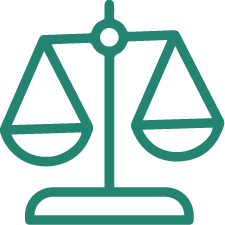
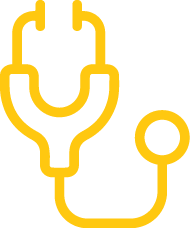
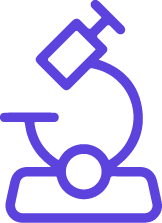











%20Checklist.jpg)


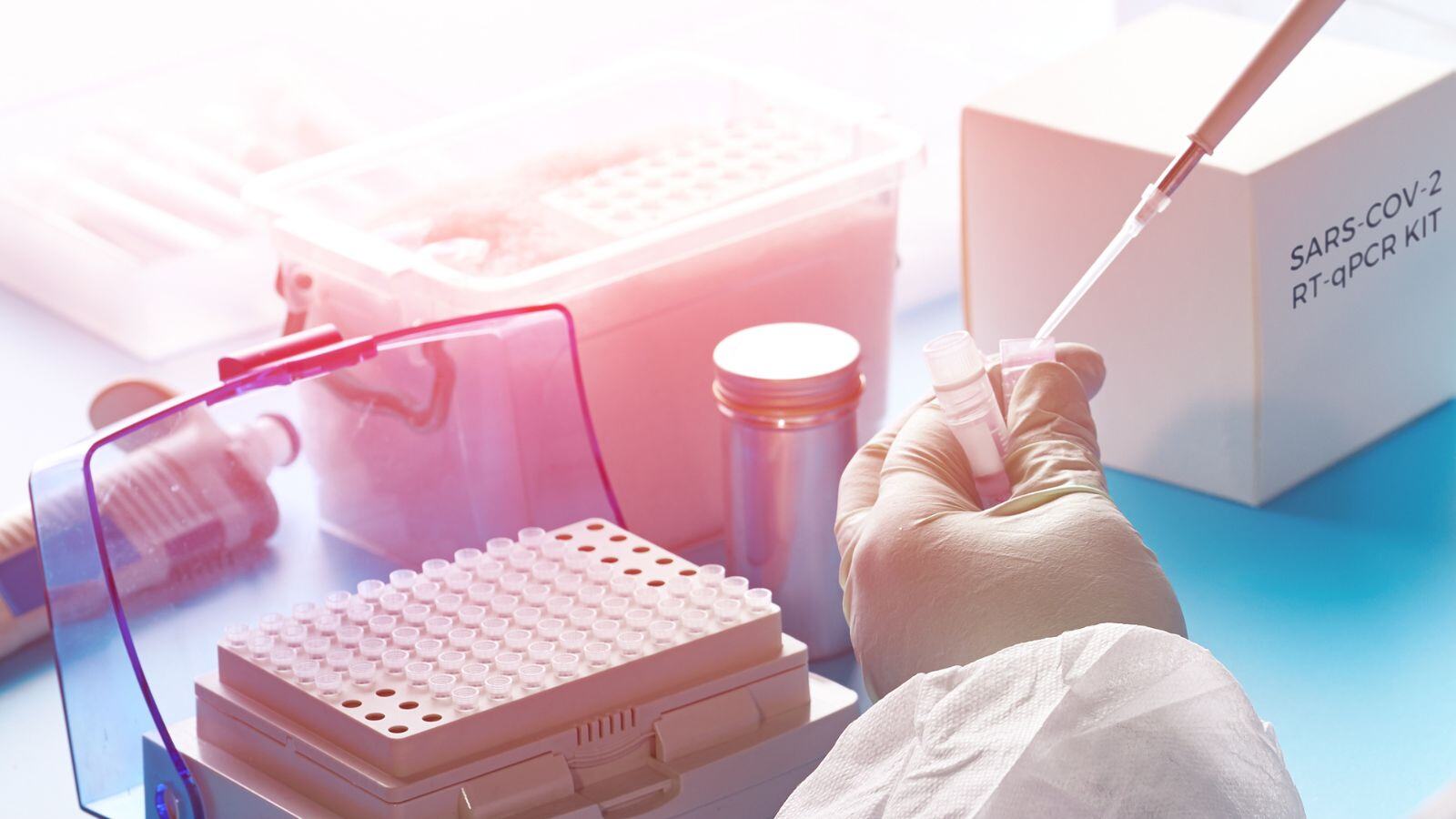



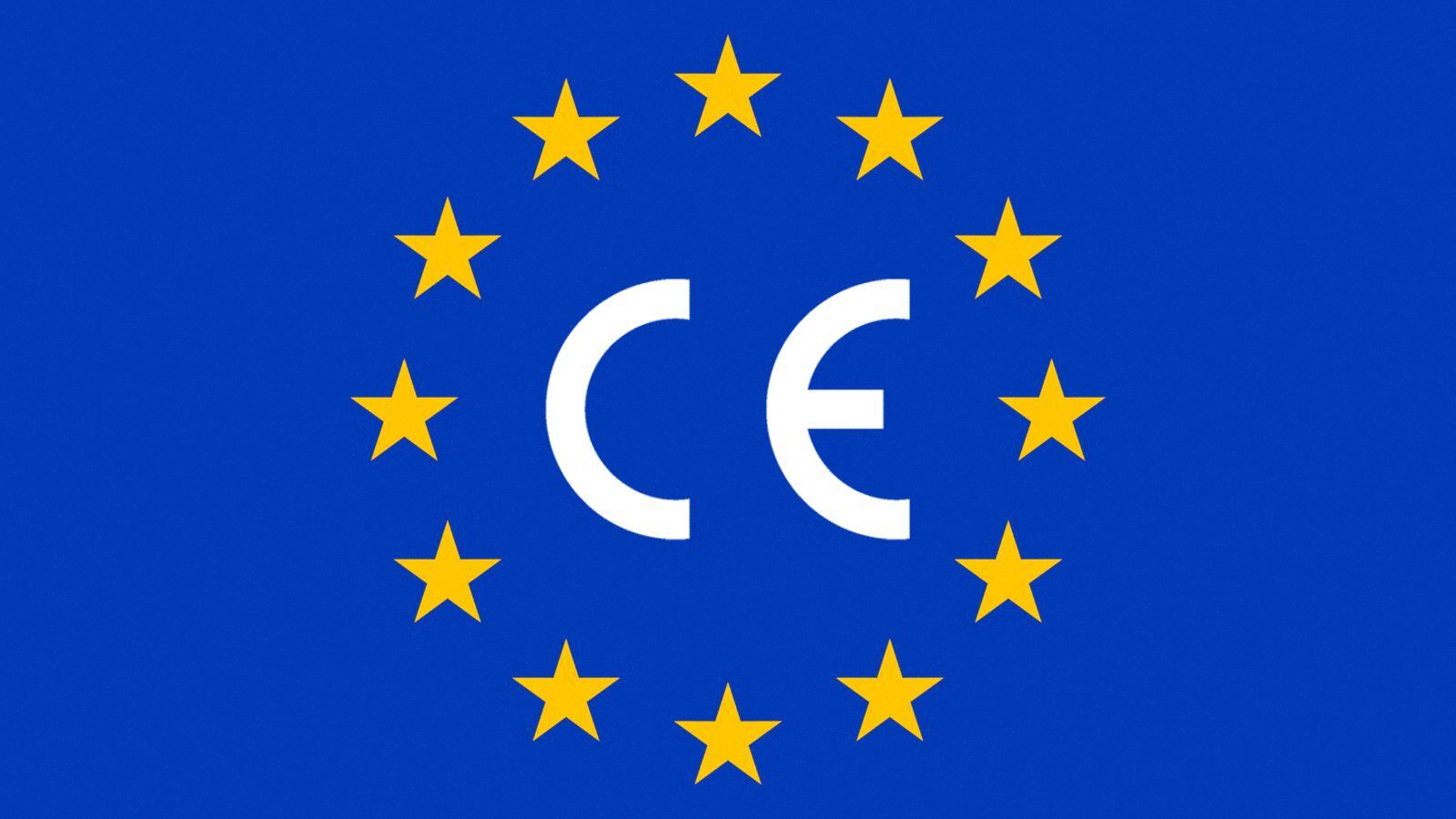

.jpg)




.jpg)
.jpg)

.jpg)

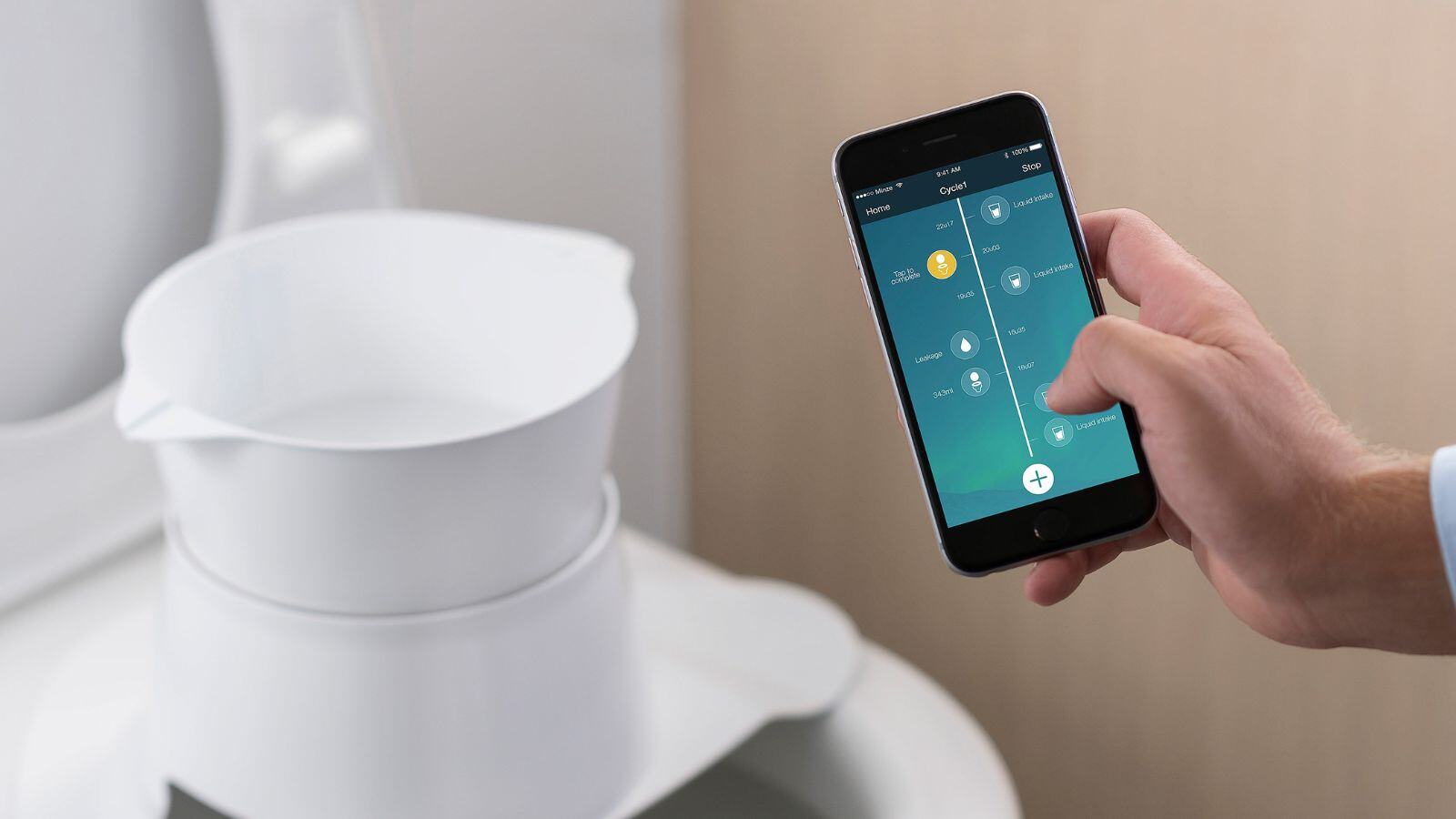
.jpg)
.jpg)
.png)